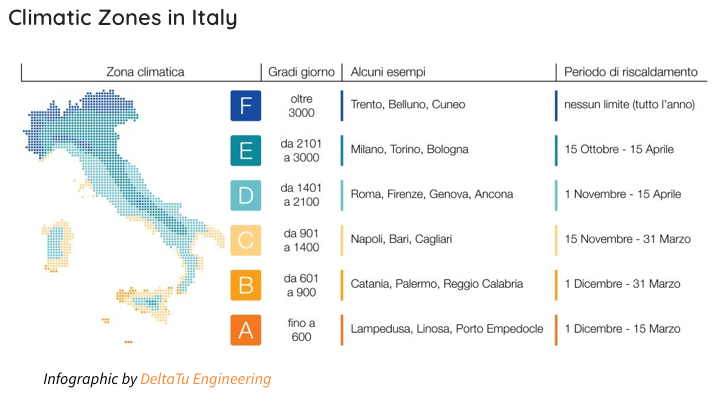About the people and the coming winter in Europe
- Art Dam
- Oct 28, 2022
- 1 min read
Due to the war in Ukraine, Russian gas supplies to Europe will be heavily rationed in late 2022 and early 2023, winter in the northern hemisphere. Afraid of blackouts, several governments are setting limits, a maximum heating temperature of the order of 18 to 19ºC. See below for some cases.
Denmark. The Nordic country is limiting heating to 19°C in government buildings and encouraging private companies to follow suit. Banks, for example, are handing out blankets to employees.
Netherlands. Energy companies have already reported a reduction of between 20% and 25% in gas consumption. It is believed that due to the current high prices, its customers are already anticipating reductions in their heaters. The temperature was also reduced from 21ºC to 19ºC in most government offices.
Italy. Since 1991 there have been rules defining the use of central heating (riscaldamento centralizzato) based on the average seasonal temperature of each province. For example, northern and mountainous areas, as early as October are the first allowed to use heating, while some in the south cannot do so until December. This year a) the seasons were reduced by 15 days; b) the time of use of heating systems was reduced by one hour per day and c) the maximum temperature was also reduced, businesses to 18°C and homes to 19°C.
Click on the image below - map of the Italian “riscaldamento centralizzato” - to see the Euronews article “What measures are European countries taking to conserve energy?”
Tomorrow we'll publish a really cool article on the evolution of the Earth's temperature... over 4.5 billion years, its age, emphasizing its impact on humans, in more recent history.





